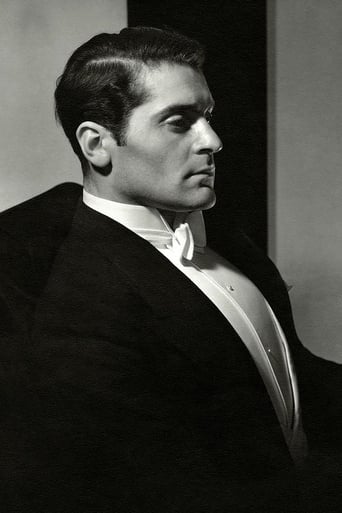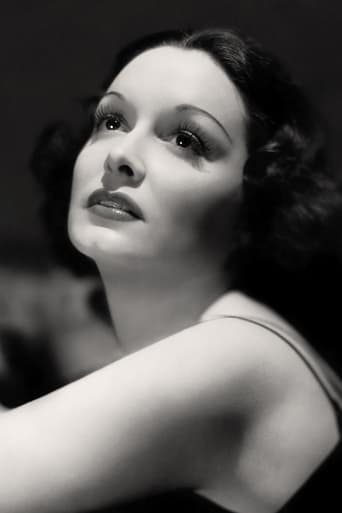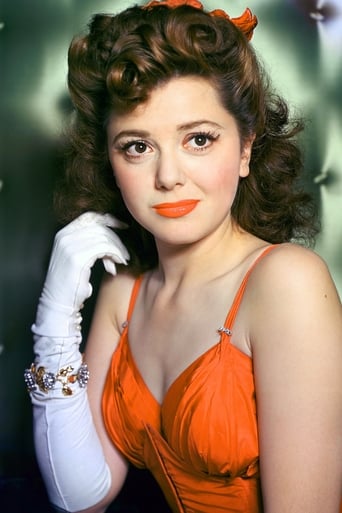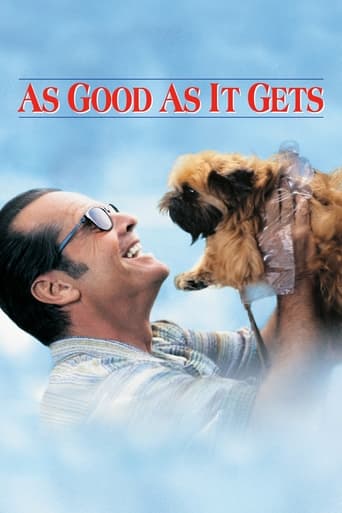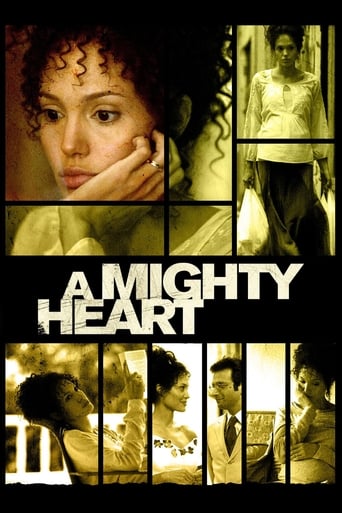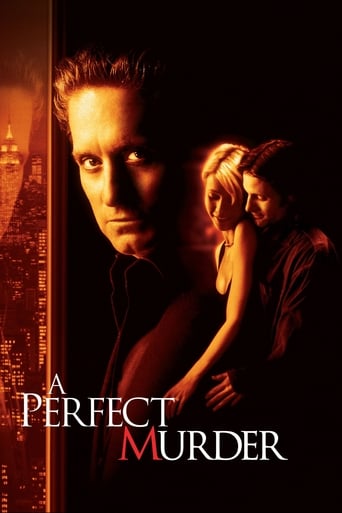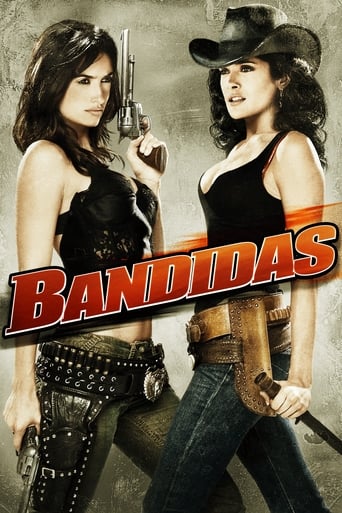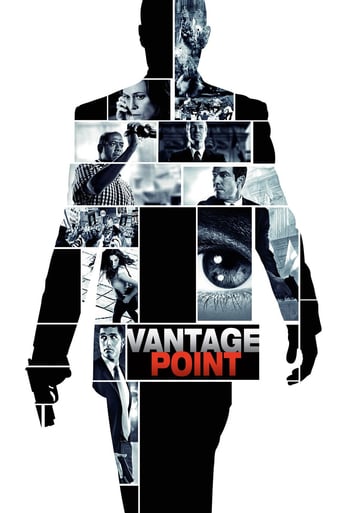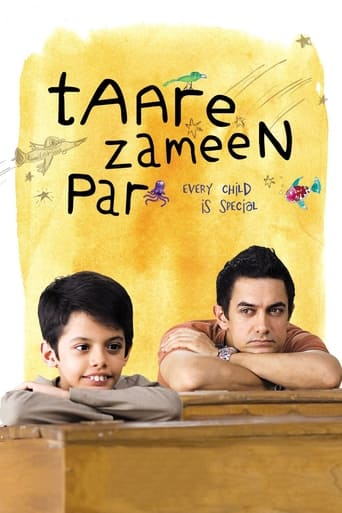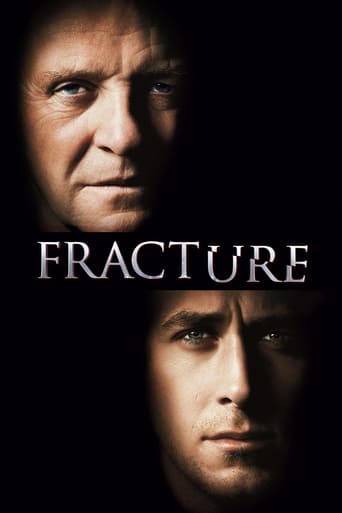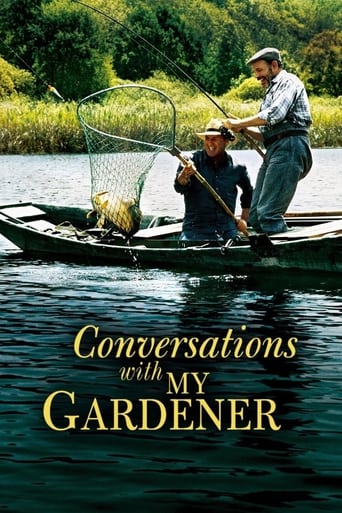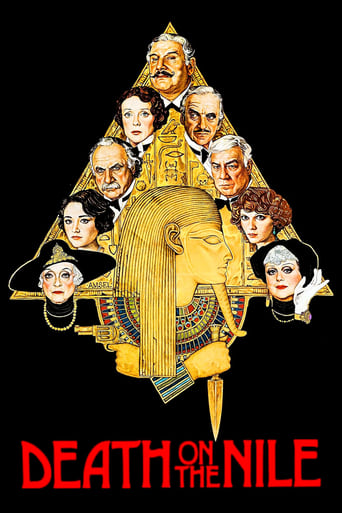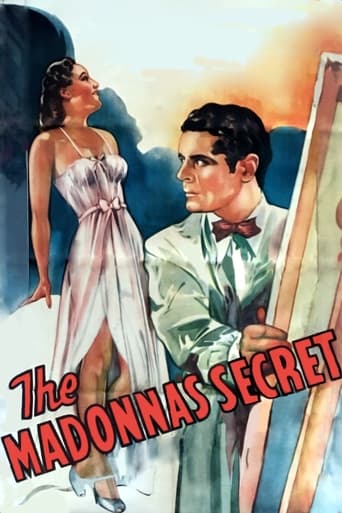
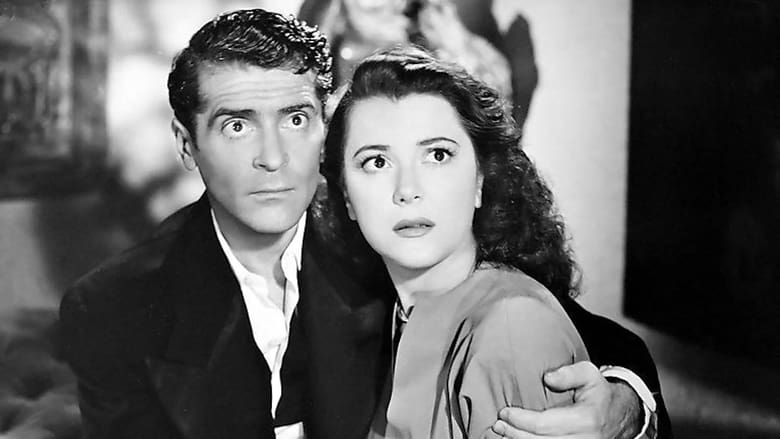
The Madonna's Secret (1946)
This drama is an updated version of Ulmer's 1944 film Bluebeard. It is set in New York and follows the exploits of an eccentric Parisian painter who has come to New York to escape a controversy surrounding his work. The trouble stems when the model he has used in all his work is found floating dead in the Seine.
Watch Trailer
Cast


Similar titles
Reviews
James Harlan Corbin is an artist with a troubled temperament. Unfortunately several models whom he has painted have been murdered. Has he done them in or is there another explanation and what is the significance of the painting called 'The Madonna's Secret? The actual significance is that it gives the ending away early if one thinks about it. This is a fair mystery story but no more. There are noirish elements but on the whole it is more a melodrama.Frances Lederer is suitably tortured as Corbin and John Litel his usual reliable self as the police lieutenant. There is a fine trio of actresses in Gail Patrick, Ann Rutherford and Linda Stirling but their parts are underwritten. They deserved more meaty roles. The cinematography by John Alton is great, giving it a look that makes one surprised it is a Republic picture. It never rises above being a B picture though despite the fine photography and the fine cast.
Francis Lederer is a successful painter who uses Linda Stirling as a model, but only her body, the face is that of a model from a previous life in France. That model ended up murdered, but Lederer was cleared all of charges, and he moved to the US with his mother. After Stirling begs him to paint her face too, he does. And she ends up murdered as well, in a similar fashion as the French model. Theater columnist Edward Ashley knows about Lederer's past and points the police to him, but they can't make a case. Stirling's sister Ann Rutherford tries to investigate and becomes a model for Lederer herself. Meanwhile a portrait hanging in a gallery has attracted the attention of wealthy socialite Gail Patrick. But when Lederer refuses to sell it to her, she gets him to paint her portrait. The murders are not yet done...This movie is a competent Republic noir/mystery, that has a slight Gothic feel to it due to the painting angle. Lederer does a nice mentally tormented artist, and Rutherford is great, backed by a solid cast. The story is nothing too special, and neither is the identity of the killer (the suspect pool is rather shallow), but the movie isn't dull, altho it is a bit talky in parts... And it has a memorable torch singer meets knife-throwing act scene at a nightclub. That lady has nerves of steel!The DoP for this movie was John Alton. Needless to say this movie looks the part (helped by the great looking print I saw). Beautiful shadows, coming from all angles, but also done tastefully and subtly. Director William Thiele does a nice job too, and the cast & crew make this a movie that rises above its Republic standard. Good stuff, recommended! 7/10
The Madonna's Secret (1946)A psycho-mystery that broods and clunks along pretty well but too much a twist on a twist kind of movie. In fact, it's so obvious that the main character, a tortured artist, is suspected from the first minute, you know something else is up. What you don't suspect is what, and so by the end there is that final twist. I suppose this should or could have been a Vincent Price Gothic chiller, but in the hands of the leading man, Francis Lederer, it's a dark and serious affair. No camp allowed.This comes near the end of director William Thiele's B-movie career (followed by a slew of Lone Ranger t.v. episodes and then, a step sideways for 36 shows of Cavalcade of America, a staple of 1950s American middlebrow normalcy). So we might be glad the movie is as good as it is, and I think the main reason is ace cinematographer John Alton. There are subtle movements of the camera that make an ordinary conversation take on depth, at least in terms of mise-en-scene. And the truly dramatic lighting (including some obvious back projection stuff of Lederer speeding in a boat at night) is great just to watch. The series of women who pose and/or get themselves killed is curious--they do all look the same at a glance--and might have been more fun if extended a bit more. That is, they are all relatively cardboard characters, including the main character, who can't get out of his angst filled cliché, and so we can't really get involved emotionally in their fates. We just watch. And so thank you Mr. Alton for making that watching worth the ride. If you don't give a hoot about lights and camera, give this a by.
Not sure if this strictly a noir film as it runs as a mystery as well. Some evidences of film noir would be the dramatic cinematography, a character that is somewhat of a Femme Fatale, a feeling of hopelessness in the current status quo, and of course, the criminal element that pervades most scenes. Against it being noir would be that this film is not about the average man, but a well to do artist. Also, the fate angle doesn't seem quite pronounced here. The acting is great throughout with special kudos for Francis Lederer and his creepy accent. The cinematography is uniformly superb. Of course, any film shot by John Alton is special. This is a rare film and currently only shown at film festivals. Hopefully it will show up on DVD someday.


